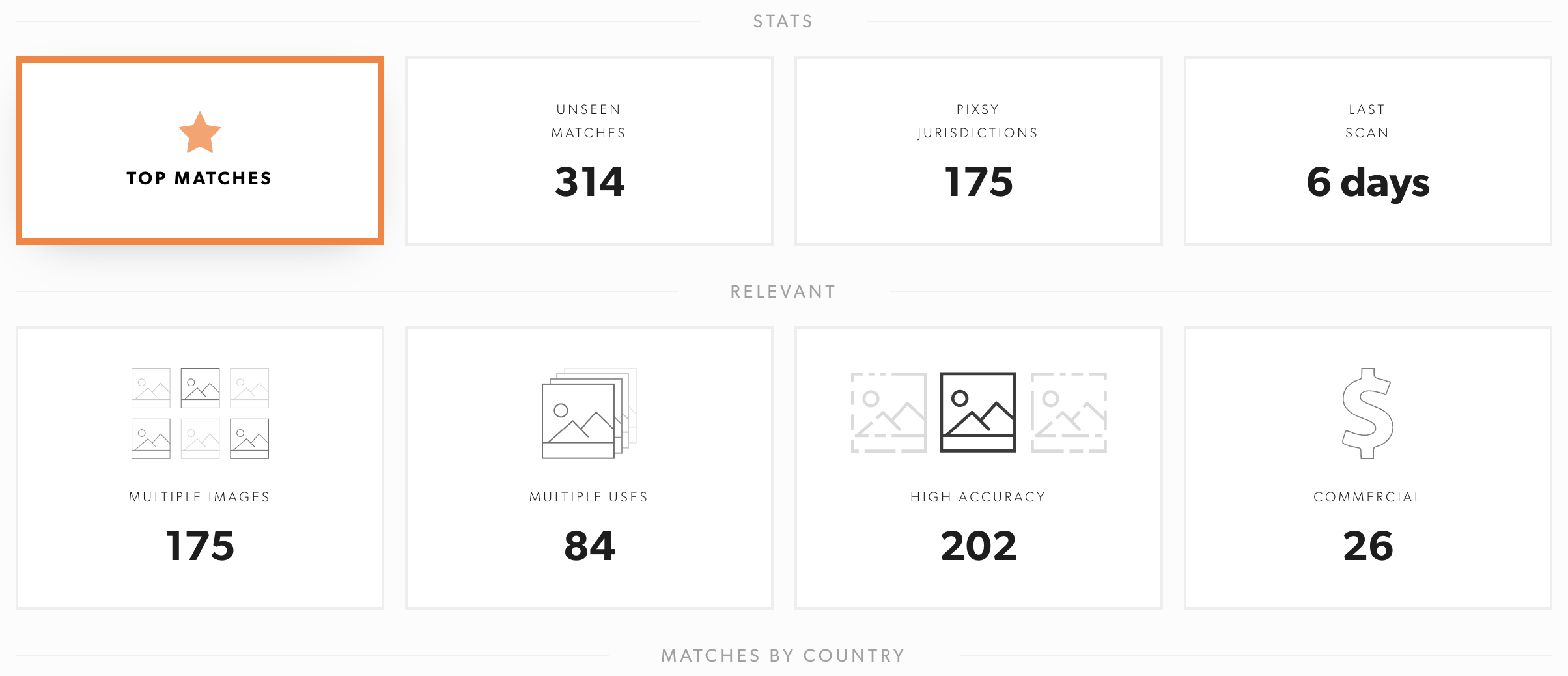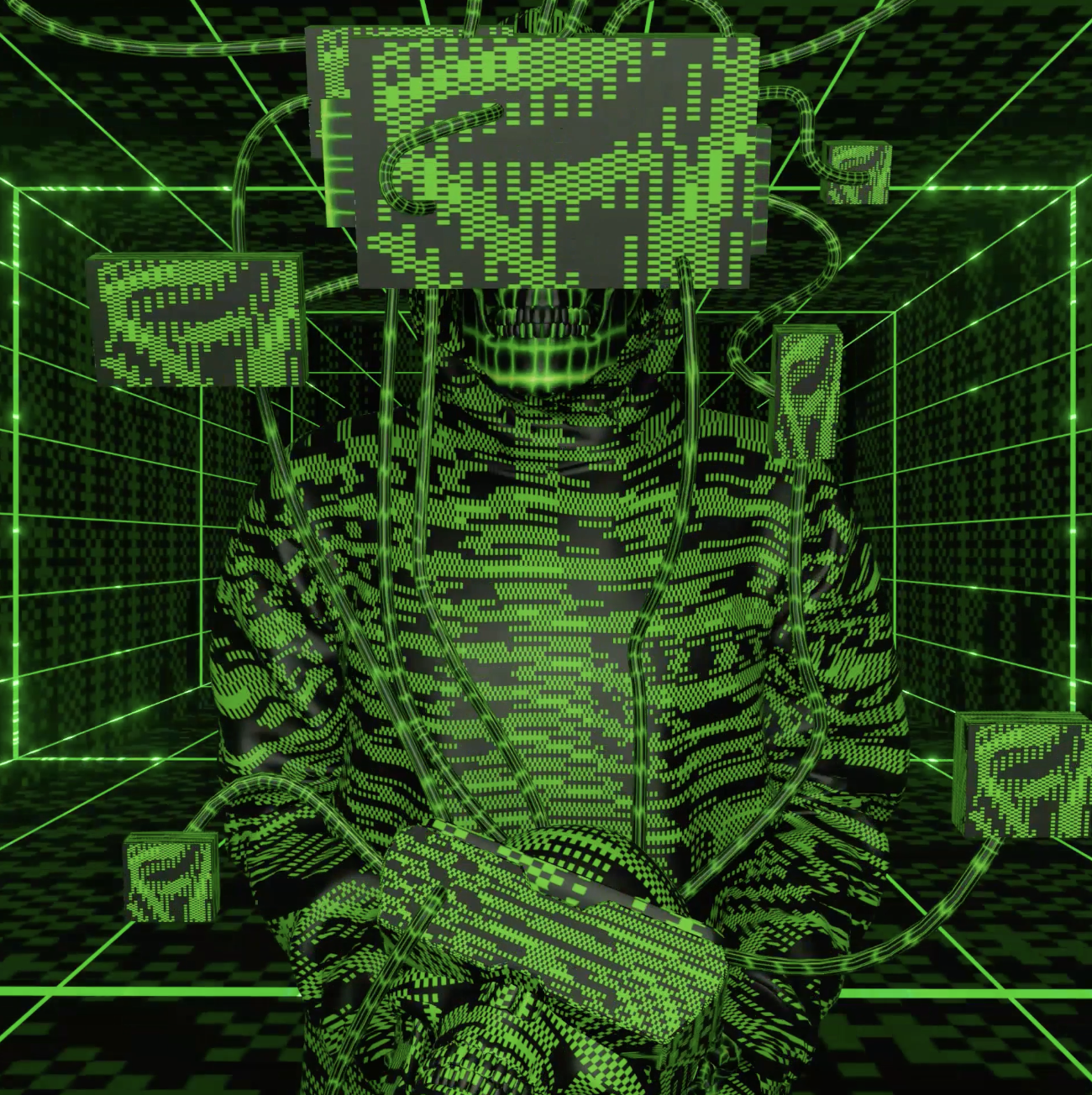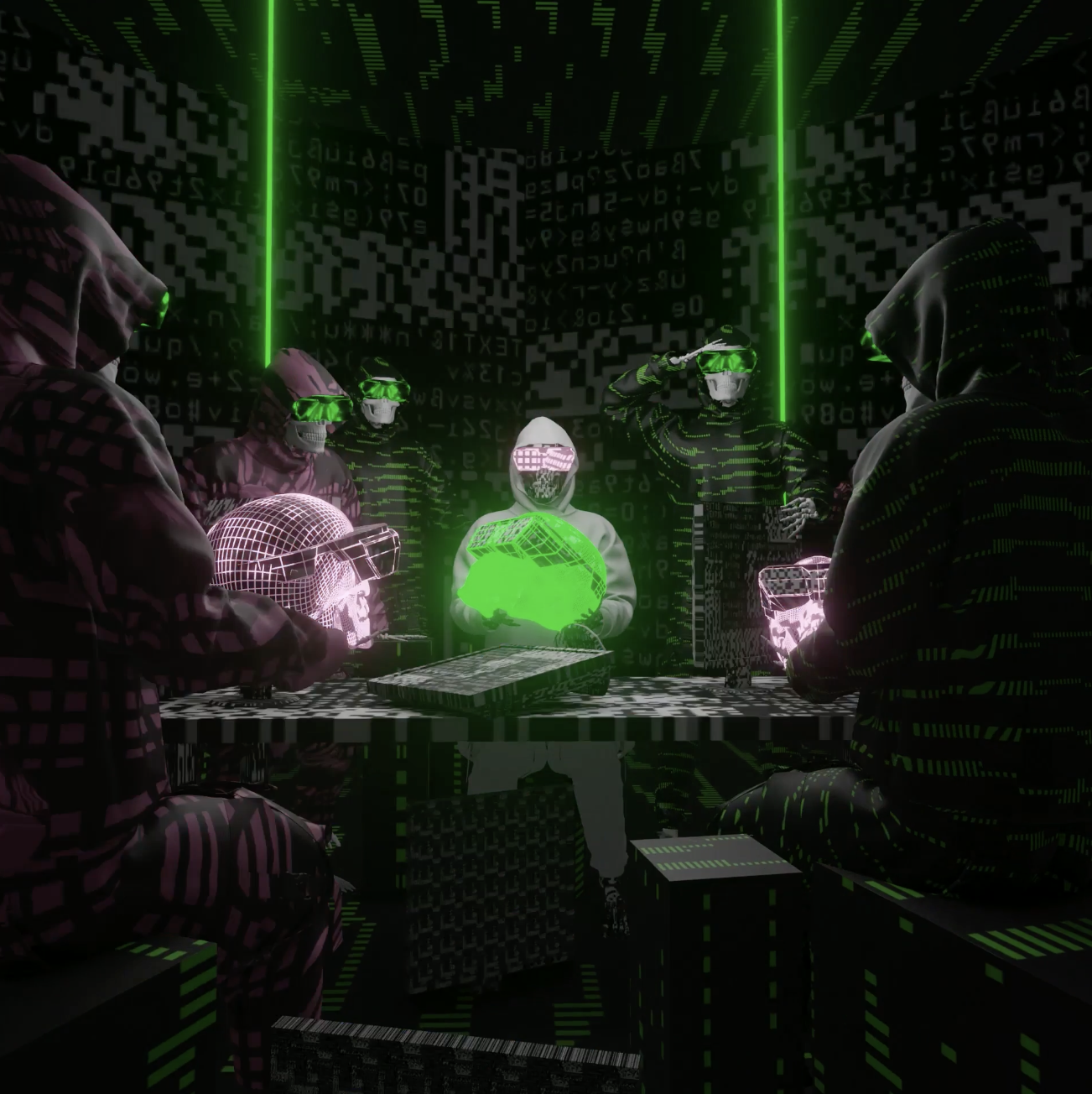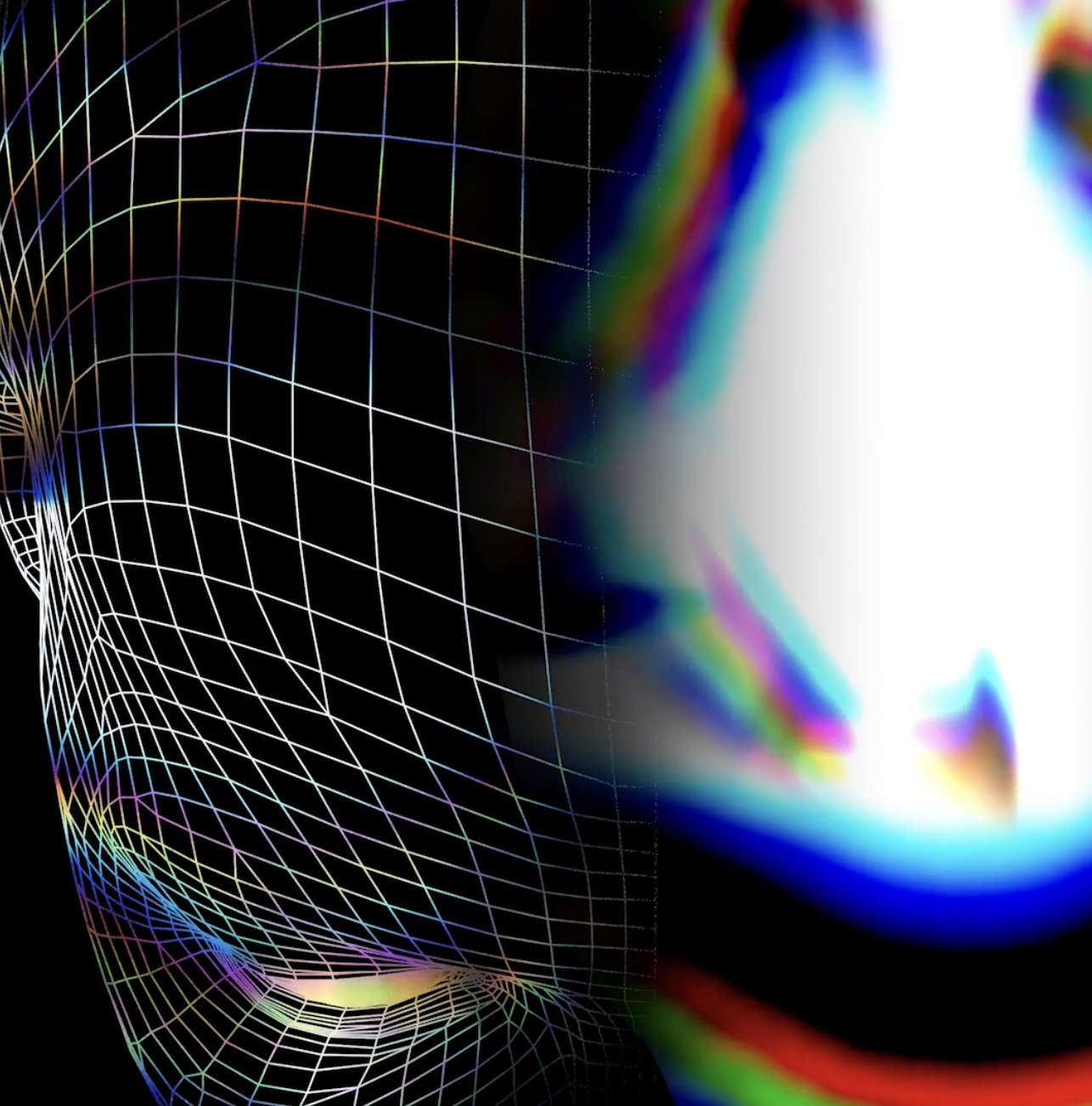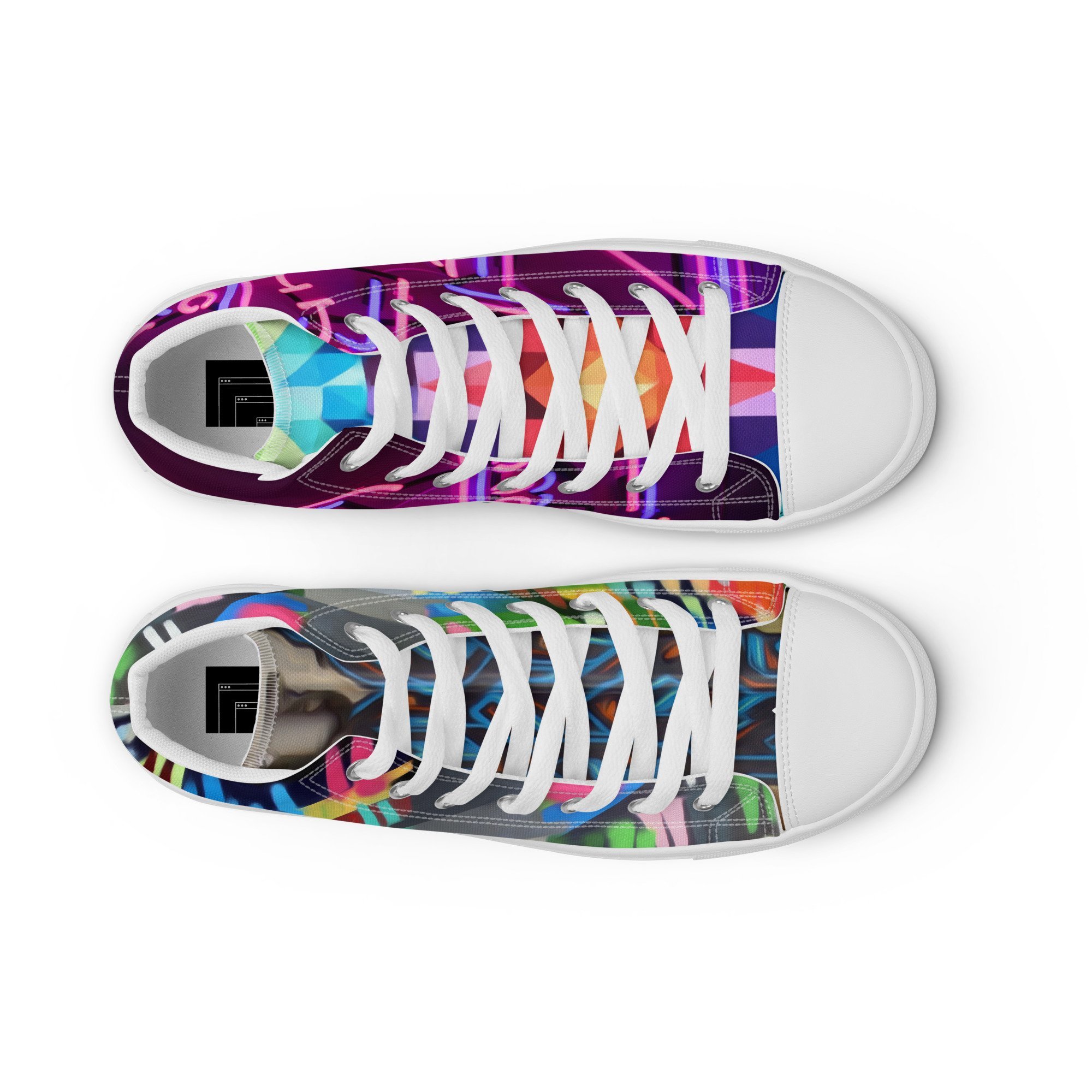IP and cc0 Rights for Creators
As an artist, designer, and content creator, I've struggled in the past with understanding what's best regarding marketing, sharing, and selling my work. My goal here is to share information from my learnings that can be educational around the basics of Intellectual Property (IP) and Creative Commons cc0 Rights for individuals and businesses that create and distribute content.
-
IP is a legal framework that protects the exclusive ownership and usage rights of creative works, while CC0 is a legal tool that waives those rights and places work in the public domain for anyone to use freely.
IP refers to a broad category of legal rights that protect the exclusive use of intangible assets, including copyrights, patents, trademarks, and trade secrets. These rights grant the owner the legal authority to prevent others from using or copying their work without permission, and they can be bought, sold, or licensed for profit.
CC0, on the other hand, is a legal tool used to waive copyright and other related rights in a work, effectively placing it in the public domain. This means that anyone can use, modify, distribute, and sell the work without seeking permission or giving credit to the original creator. CC0 is often used by creators who want to share their work freely with the world, without any legal restrictions.
-
Benefits of IP:
Provides legal protection and recognition of ownership and authorship of a work.
Can provide a financial incentive for creators to produce high-quality and innovative works by granting them exclusive rights to monetize their creations.
Allows creators to control and restrict the use of their work by others, which can protect against unauthorized copying, distribution, or modification.
Drawbacks of IP:
Can limit access to knowledge and creativity, especially in cases where licensing fees or restrictive usage rights prevent some people from accessing or building upon a work.
May stifle innovation and creativity by limiting the ability of others to build upon or remix the original work without seeking permission or paying licensing fees.
Can lead to legal disputes and lawsuits over copyright infringement, which can be costly and time-consuming for all parties involved.
Benefits of CC0:
Enables creators to share their work with the world without any legal restrictions, which can increase exposure and awareness of the work.
Encourages collaboration and creativity by enabling others to build upon and remix the original work without needing to seek permission or pay licensing fees.
Promotes the idea of a shared cultural commons and the free exchange of ideas, which can lead to new innovations and breakthroughs.
Drawbacks of CC0:
May limit the financial incentives for creators to produce high-quality and innovative works, since they may not be able to monetize their creations as easily or directly.
Can lead to legal disputes or uncertainty over the ownership or authorship of a work, since anyone can use or modify the work without restriction.
May not be suitable for all types of works or creators, especially if they have concerns about how their work will be used or if they want to retain some control over its distribution and usage.
-
Product categories that may benefit from IP:
Pharmaceuticals: Patents can provide legal protection for new drug formulations and processes, which can incentivize research and development and lead to new treatments for diseases.
Software: Copyrights and patents can provide legal protection for software code and algorithms, which can encourage innovation and allow developers to monetize their creations.
Industrial designs: Design patents can provide legal protection for unique and non-functional design elements of a product, which can help prevent copying by competitors and provide recognition for the designer.
Product categories that may benefit from CC0:
Educational materials: Open educational resources (OER) that are released under CC0 can be freely accessed and used by educators and learners, which can help improve access to education and reduce costs for students.
Creative works: Artistic works, such as photographs, music, and literature, that are released under CC0 can be used and shared without restriction, which can increase exposure and audience for the creator and encourage collaboration and remixing by others.
Scientific research: Open access research articles and data that are released under CC0 can be freely accessed and used by other researchers, which can accelerate scientific progress and lead to new discoveries.
All of these sections are subjective. An individual vs. a business has different goals, and customer needs to satisfy. In the NFT space, we see different approaches that have yet to mature fully. Only data, maturity of the blockchain, and frameworks will help inform the best strategy in the coming years.
-
In 2017 while helping an enterprise business research the use cases on the Blockchain. It quickly became clear that the technology had the potential to provide new forms of ownership, enforcement, and verification. But as we all know frameworks and guidelines must be created with careful consideration and collaboration between stakeholders.
Improving IP:
Proof of ownership: The blockchain's immutable and transparent ledger can be used to create an unalterable record of ownership and authorship of a work, which can help prevent disputes and fraudulent claims.
Smart contracts: The blockchain can enable the use of smart contracts to automate and enforce IP agreements, such as licensing fees and usage restrictions, which can reduce legal costs and increase transparency.
Traceability: The blockchain can enable the creation of a comprehensive and auditable history of a work, including its origin, modifications, and usage, which can help track its evolution and ensure proper attribution.
Improving CC0:
Authenticity: The blockchain's decentralized and transparent ledger can be used to verify the authenticity and provenance of a CC0 work, which can increase trust and reduce the risk of fraud or plagiarism.
Attribution: The blockchain can enable the creation of a verifiable and tamper-proof record of attribution for CC0 works, which can ensure that creators are recognized and credited for their contributions.
Decentralization: The blockchain's decentralized nature can help ensure that CC0 works remain freely accessible and usable, even if the original source or hosting platform is unavailable or shut down.
-
There is a growing trend towards open source and open access in many fields, including software development, scientific research, and education. This trend is driven by the belief that knowledge and creativity should be freely available to everyone, and that collaboration and transparency can lead to faster and more innovative progress.
In this context, CC0 and other open licensing approaches may become more popular, as they align with this philosophy and can enable creators to share their work with a wider audience without any legal restrictions.
However, it's important to note that there are still many industries and fields where IP protections are necessary and valued, such as pharmaceuticals and industrial design. In these cases, the incentives provided by IP, such as financial rewards and legal recognition, maybe more important than the benefits of open access.
Tools to track your Content
This image highlights one piece of my artwork that is currently being utilized across the internet without my permission.
No matter your line of work, utilizing data to help inform your decisions is essential. In the context of artists releasing NFT’s, many tools can be used to track your art. I use website and social analytics data to learn and understand my customer base. I then connect that data to pixsy.com, which help show me who, where, and what action can be taken if my content is being used without my permission. I see it all :)
As a.i. impacts creators over the coming months; I hope we all begin to realize the importance of the blockchain and creator rights—the blockchain in the context of a.i. I believe it will begin to show its importance as the models are trained on the creators' content. This will be an important area for governments to understand and for all of us to establish frameworks and guidelines moving into the future.
As articulated by the a16 article written here the benefits and drawbacks of IP and CC0 depend on the specific intentions of the creator, the nature of the product, and the industry standards and regulations that apply. Both IP and CC0 have benefits and drawbacks, and the choice between them depends on the creator's values and priorities.
I hope this information was helpful. I’ve personally been very interested in the topic of IP and cc0 for the past two years as I explore and learn the advantages of both please consider supporting my explorations.
The content from this blog post is written by 1980k while utilizing ChatGPT to validate the information before publishing. Make sure to sign up for my newsletter below, follow me on Twitter, or message me for collaborations.



